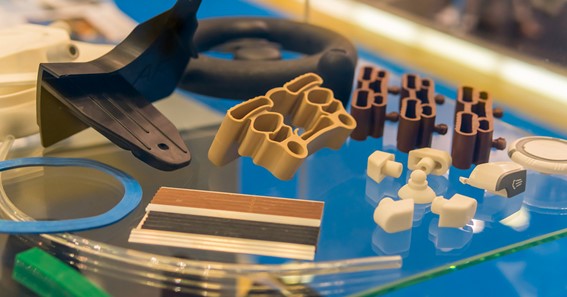Do you know the common pitfalls of injection molding? Whether you’re a manufacturer who’s been in the industry for years or an entrepreneur breaking into plastics, understanding potential issues is critical to ensuring that your products are made accurately and efficiently.
In this blog post, we will explore what can go wrong during injection molding processes and how manufacturers can avoid these challenges. We’ll cover topics like overpacking materials, cooling unevenly, and tool design problems.
With our help, you can identify common mistakes before they happen to minimize your downtime and damages stemming from failed parts!
Common Mistakes to Avoid When Implementing Injection Molding
Injection molding is a widely used manufacturing process, but it is not without its challenges. One of the biggest mistakes that companies make when implementing injection molding is not properly designing their molds.
It’s crucial to consider factors such as material selection, gate location, and parting line placement. Another common misstep is ignoring the importance of proper plastic injection molding machine maintenance.
Neglecting routine maintenance can lead to issues with machine performance, decreased machine lifespan, and decreased product quality. Finally, failing to properly train personnel on the proper injection molding techniques can result in costly mistakes and decreased efficiency.
By avoiding these common mistakes, companies can achieve optimal results and improve their production processes.
Click Here – Simple Ways to Improve Fuel Economy
Factors to Consider When Selecting a Particular Material for Injection Molding
When it comes to injection molding, selecting the right material can greatly impact the quality and functionality of the final product. There are several factors to consider before making a decision, such as the intended use of the product, the required strength and durability, and the level of flexibility needed.
Additionally, factors such as temperature resistance, chemical resistance, and cost must also be taken into account. With so many variables at play, it is important to work with a knowledgeable and experienced injection molding partner who can guide you through the material selection process and help you make an informed decision.
Ultimately, choosing the right material is a crucial step in ensuring the success of your injection molding project.
Optimizing Your Design for Best Results in Injection Molding
Optimizing your design for injection molding is an essential step to achieving the best results possible. A great design can improve part performance, speed up production times, and lower manufacturing costs.
Ensuring your design meets the requirements of the injection molding process is crucial for producing high-quality and consistent parts. Taking advantage of design tools, such as mold flow analysis and design for manufacturability, can improve the overall performance and manufacturability of your design.
Working closely with your molding partner early in the design process can help you identify potential design issues and bring about a smoother transition from prototype to production. Careful attention to detail and following best practices can make a significant difference in the success of your design.
Maintaining Quality Control and Assuring Repeatability of Parts in Injection Molding
In the world of injection molding, maintaining quality control is key. Ensuring that each part is produced with repeatable precision is essential for keeping production streamlined and cost-effective.
Quality assurance measures must be in place to catch any deviations from the quality parameters and minimize the risk of rejects or failures. From testing the raw materials to inspecting the final product, every step of the process must be monitored and optimized.
With a focus on quality control, injection molding companies can achieve a reliable and consistent output of high-quality parts, meeting the demands of their customers and staying competitive in the industry.
Benefits of Using Plastic Injection Molding for Manufacturing
Plastic injection molding is a highly efficient, precise, and cost-effective method for manufacturing a wide range of plastic products. This method involves melting plastic pellets and injecting them into a mold under high pressure to obtain the desired shape.
One of the most significant benefits of using plastic injection molding is its ability to produce large quantities of high-quality products quickly and consistently. Additionally, the molds utilized in the process are durable and can withstand multiple uses, making it a viable option for mass production.
The ability to create intricate designs and complexities allows businesses to innovate and produce unique products that can stand out in a crowded market. Furthermore, plastic injection molding is a less wasteful process than others because the excess plastic can be reused, reducing the overall environmental impact of manufacturing.
For businesses looking for a reliable and scalable manufacturing method, plastic injection molding is a wise choice.
In conclusion, plastic injection molding is a complex process that requires careful planning and testing. Taking advantage of all these factors available can result in businesses being able to manufacture parts with exceptional “fit and finish” far quicker than traditional methods, so an organization is able to stay competitive without compromising on quality.

